The Faces Of America in 18 Stunning Ellis Island Portraits
From 1892 to 1954, more than 12 million immigrants entered the United States through a small island in the New York Harbor, Ellis Island. The island is located in the upper bay off the New Jersey coast, just within the shadow of the Statue of Liberty.
Prior to 1890, each individual states (rather than the Federal government) regulated immigration into the United States. From 1855 to 1890, Castle Garden in the Battery served as the New York State immigration station and around 8 million immigrants, mostly from Northern and Western Europe, passed through its doors.
These early immigrants came from England, Ireland, Germany and the Scandinavian countries. They were the first large wave of immigrants that settled and populated the United States. Throughout the 1800s and the latter half of the 19th century, the ensuing political and economic instability in Europe as well as the restrictive religious laws, began to fuel the largest mass human migration in the history of the world.
Ruthenian Woman.
Dutch Children.
Three women from Guadeloupe.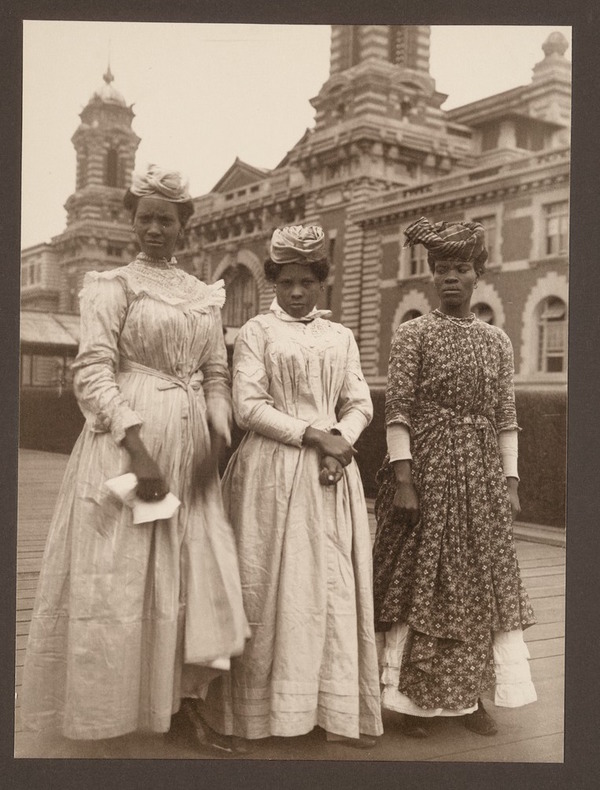
Norwegian Woman.
A proud Bavarian man, 1911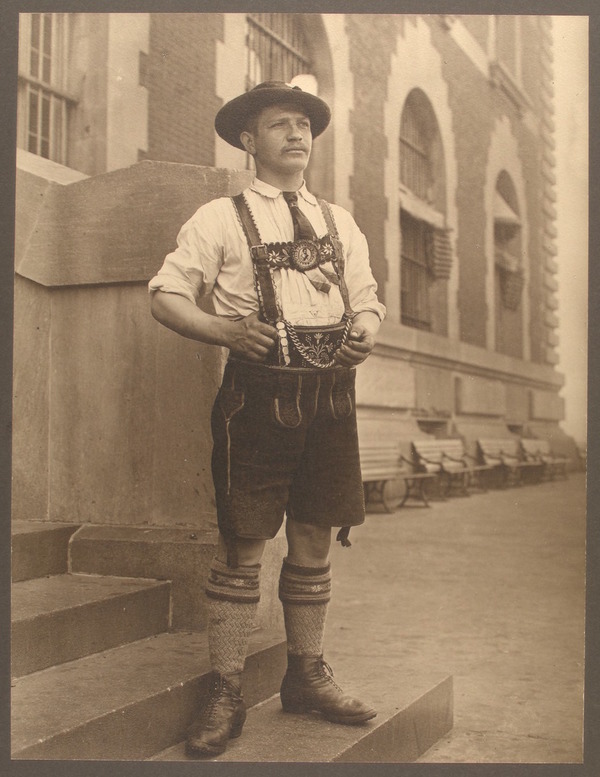
During the early 1900s, immigration officials thought that the peak wave of immigration had finally passed. They couldn't be more wrong as immigration was on the rise. In fact, in 1907 more people immigrated to the U.S. than any other year, a record that would hold for the next 80 years. In that one year alone, approximately 1.25 million immigrants were processed at Ellis Island.
Danish man, 1911
Girl from Rättvik, province of Dalarna, Sweden, 1911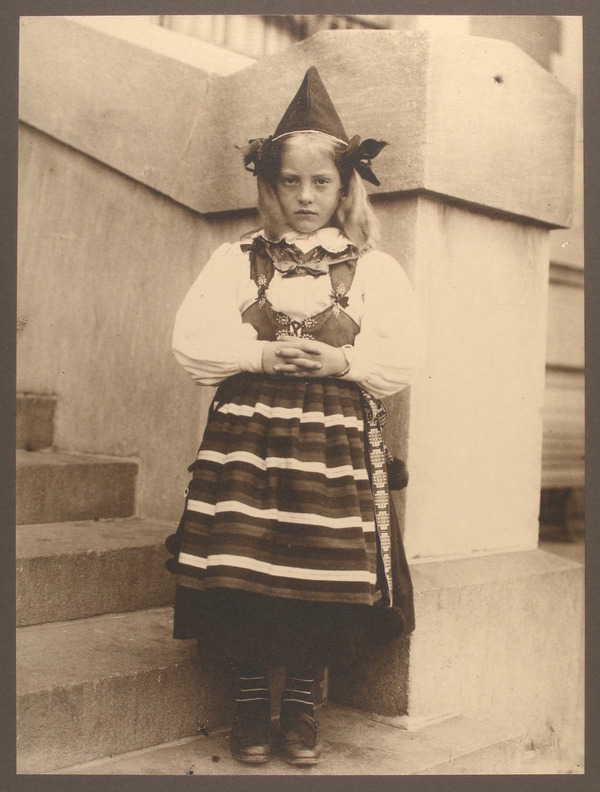
A German stowaway, 1911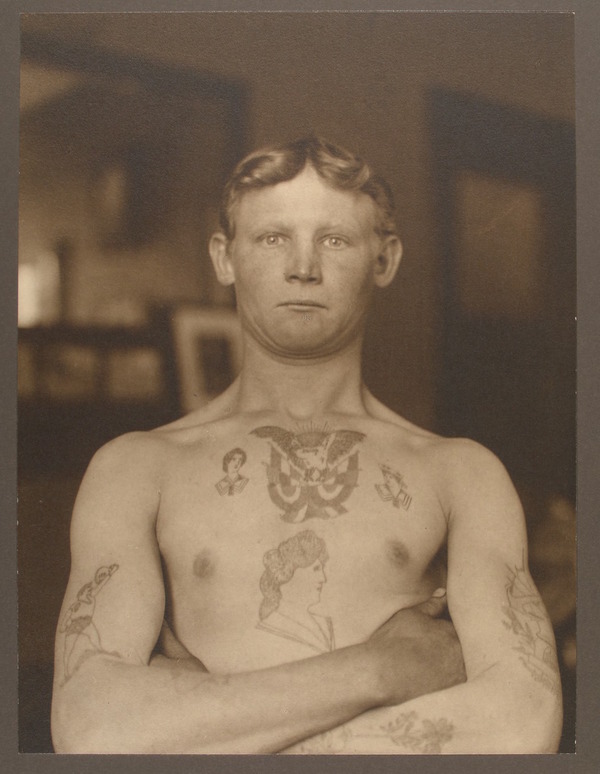
A Dutch woman.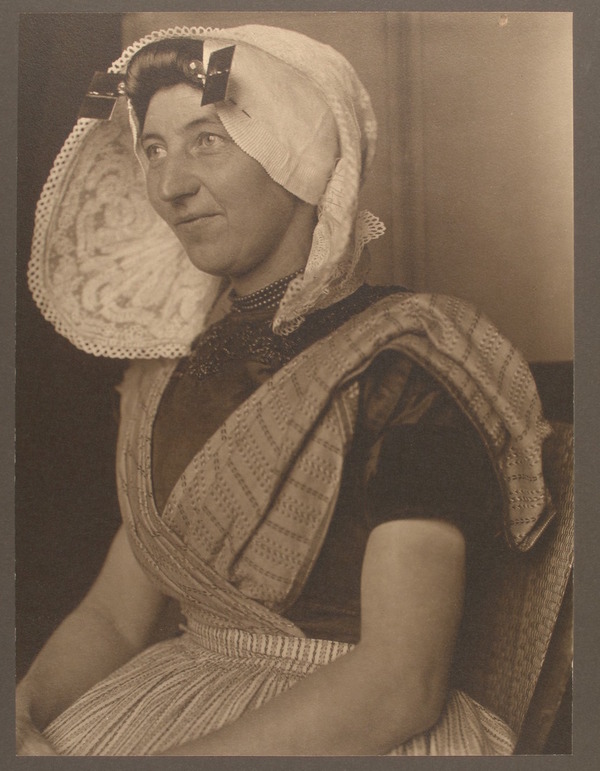
Laplander children, possibly from Sweden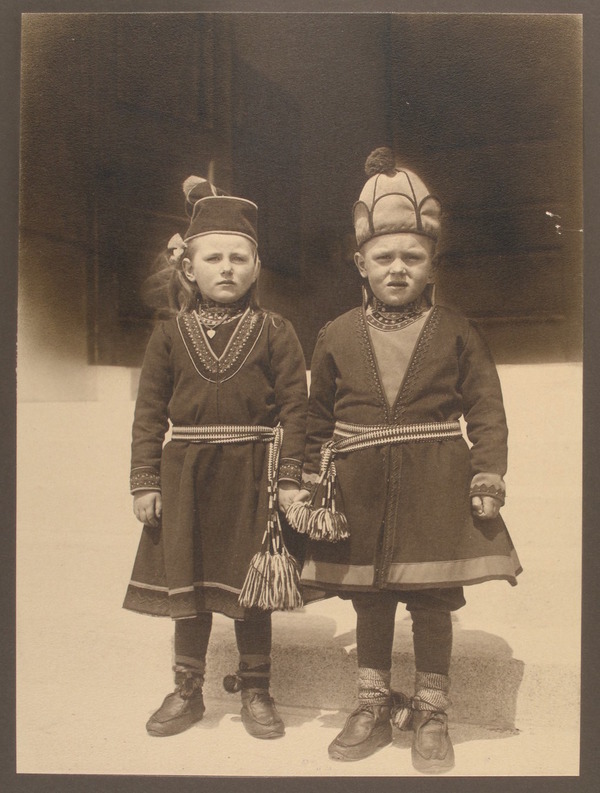
Slovakian Women.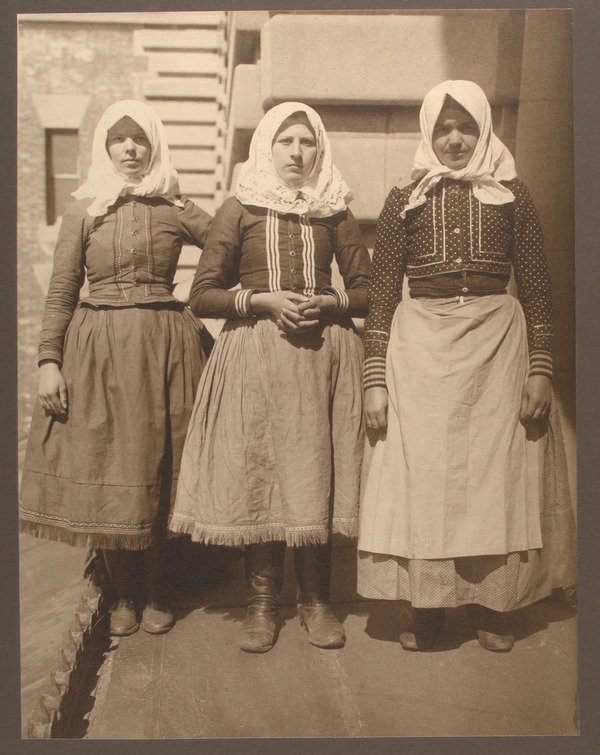
While most immigrants entered the United States through New York Harbor (as it was the most popular destination of steamships at the time), others sailed into other ports such as Boston, Philadelphia, Baltimore, San Francisco, Savannah, Miami, and New Orleans.
First and second class passengers who arrived in New York Harbor were not required to undergo the inspection process at Ellis Island. Instead, these passengers underwent a cursory inspection aboard ship, the theory being that if a person could afford to purchase a first or second class ticket, they were less likely to become a public problem in America.
An Italian Woman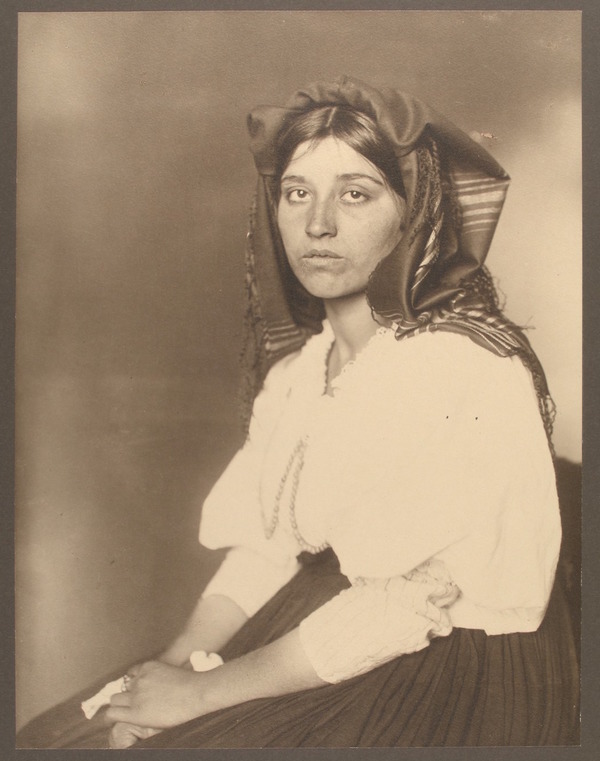
Rev. Joseph Vasilon, Greek-Orthodox priest.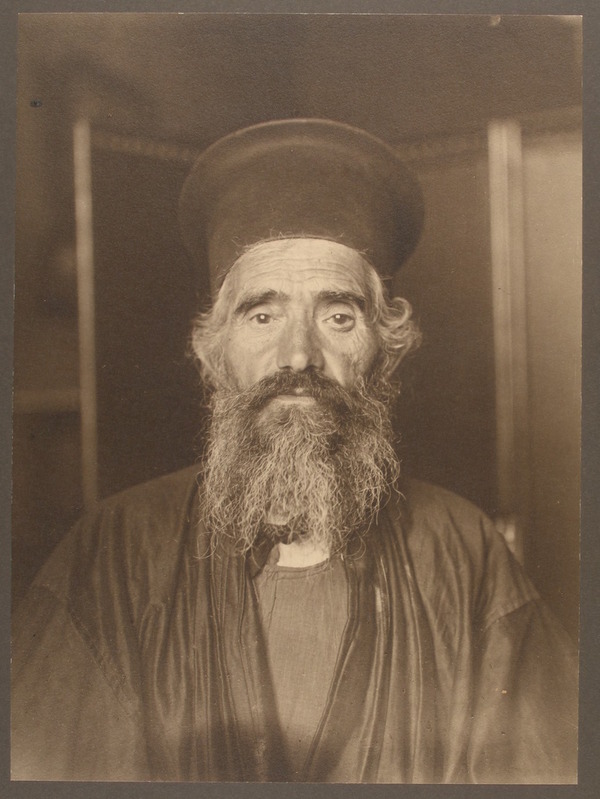
Three Dutch Women.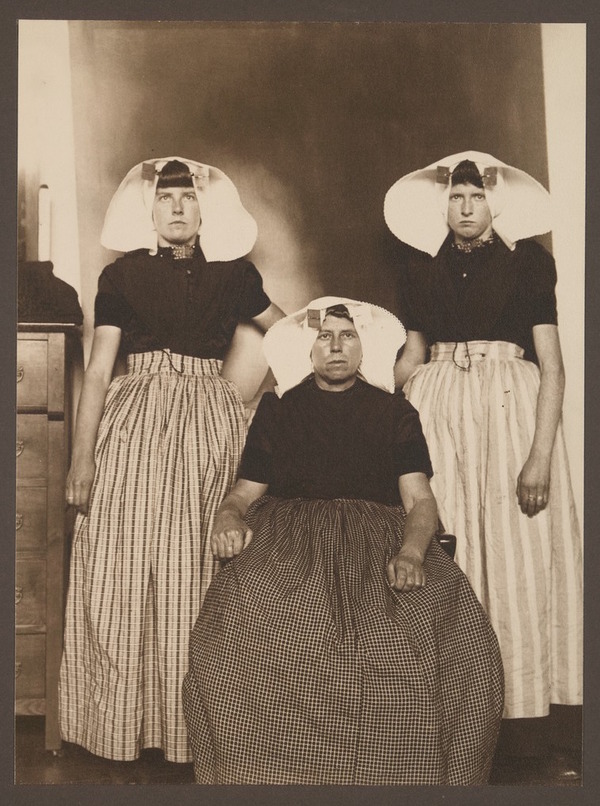
Things were different for "steerage" or third class passengers who travel in crowded and often unsanitary conditions near the bottom of steamships with few amenities, often spending up to two weeks seasick in their bunks during rough Atlantic Ocean crossings.
Upon arrival in New York City piers, first and second class passengers would disembark, pass through Customs at the piers and were free to enter the United States. The steerage and third class passengers were transported from the pier by ferry or barge to Ellis Island where everyone would undergo a medical and legal inspection.
Guadeloupean woman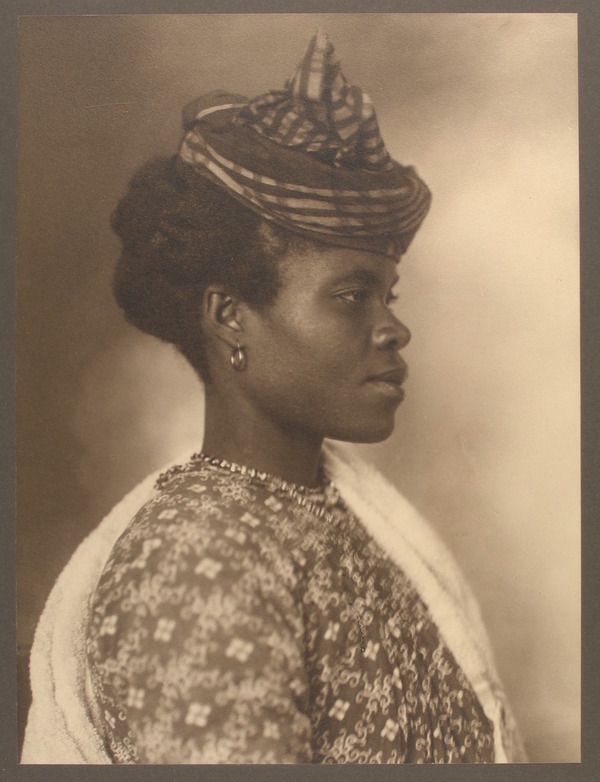
Russian Cossacks.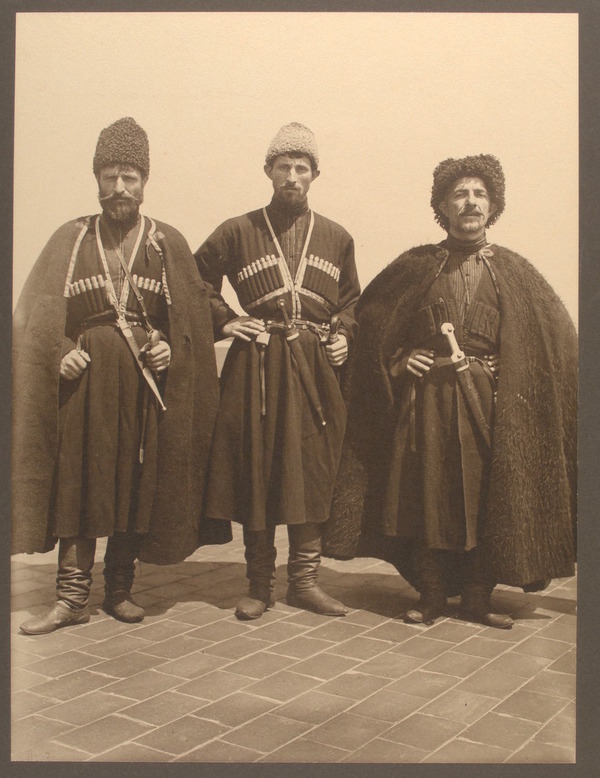
Romanian Piper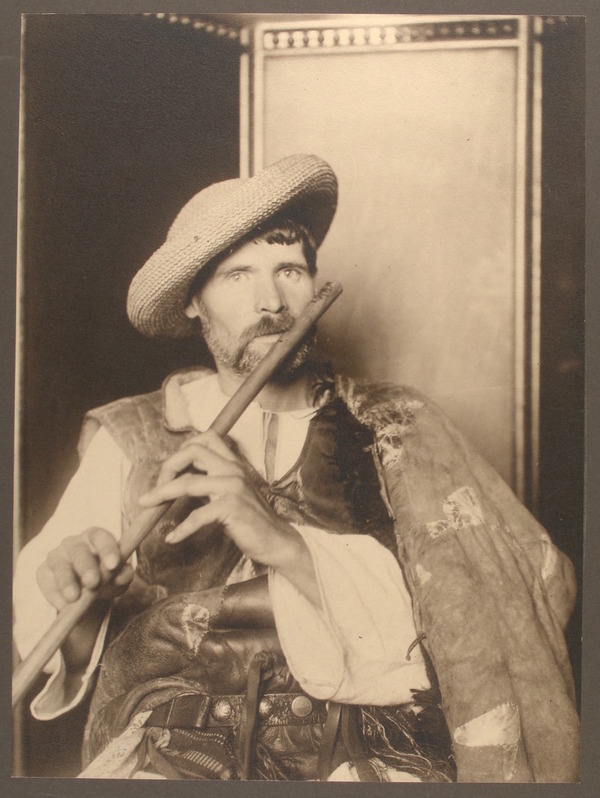
Algerian Man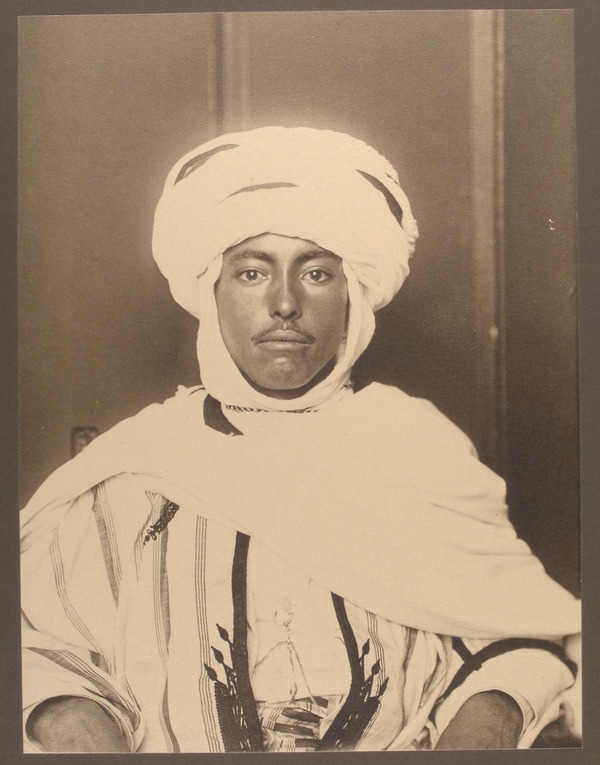
During the early morning hours of June 15, 1897, a fire on Ellis Island burned the immigration station completely to the ground.
Although no lives were lost, many years of Federal and State immigration records dating back to 1855 burned along with the pine buildings that failed to protect them.
The United States Treasury quickly ordered the immigration facility be replaced under one very important condition: all future structures built on Ellis Island had to be fireproof. On December 17, 1900, the new Main Building was opened and 2,251 immigrants were received that day.
No comments: